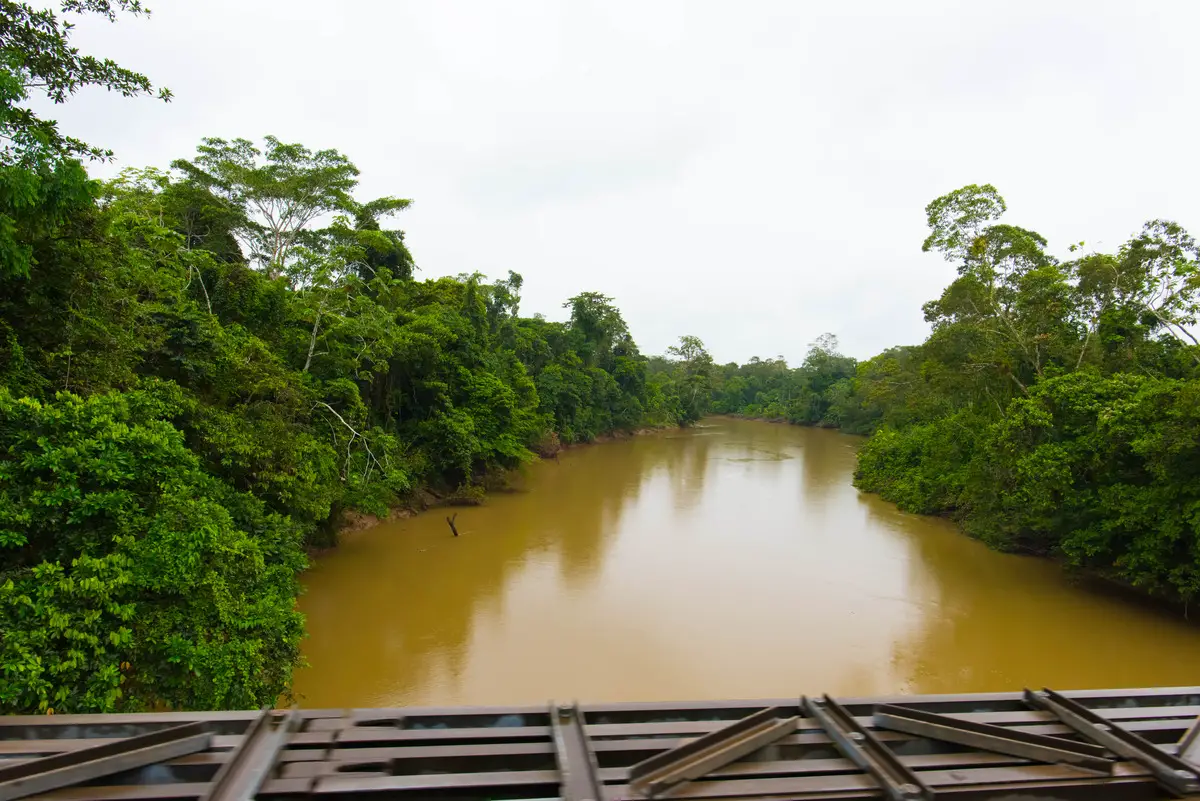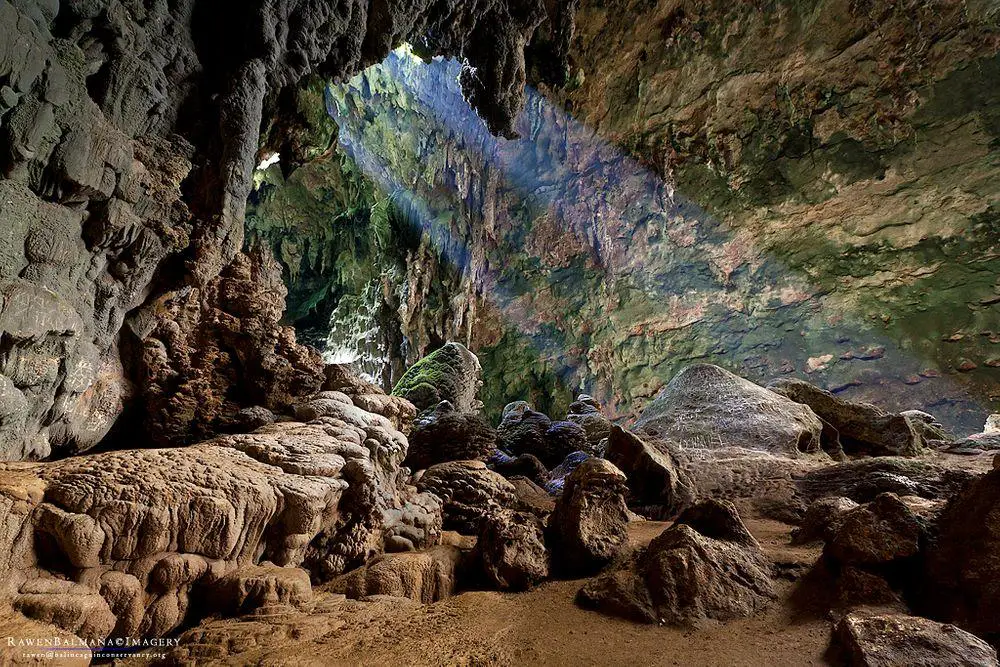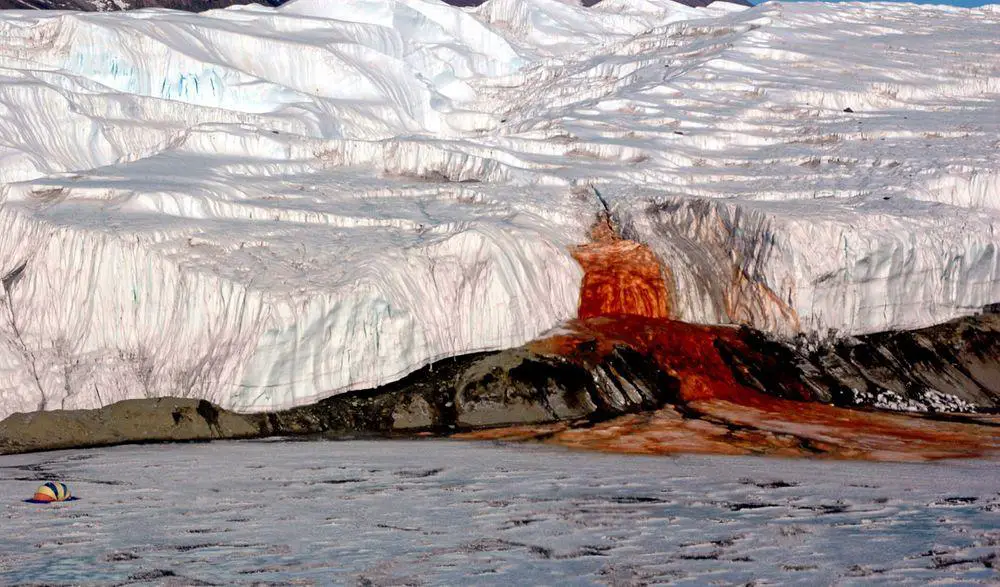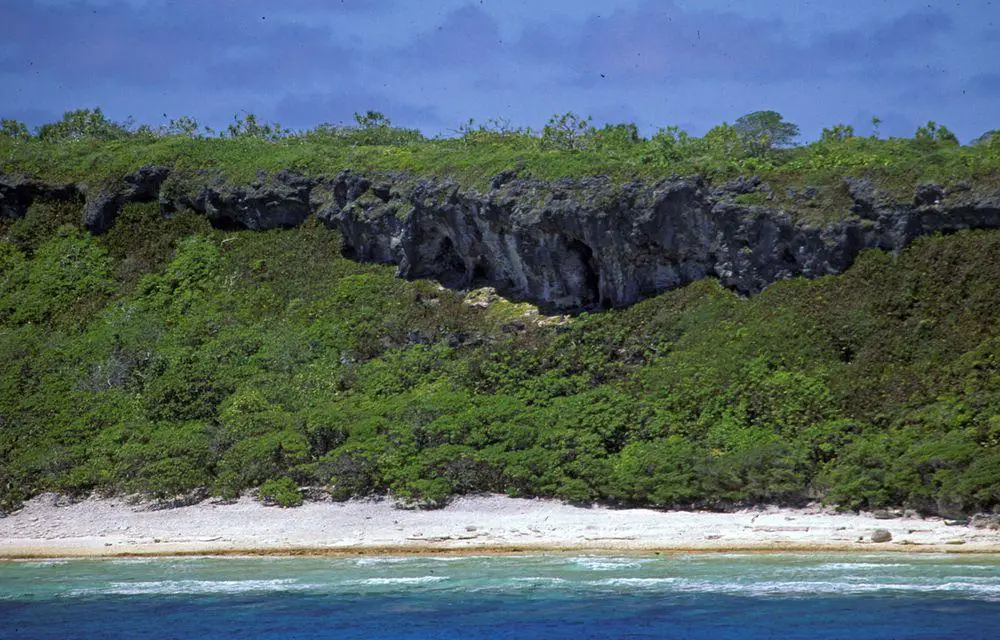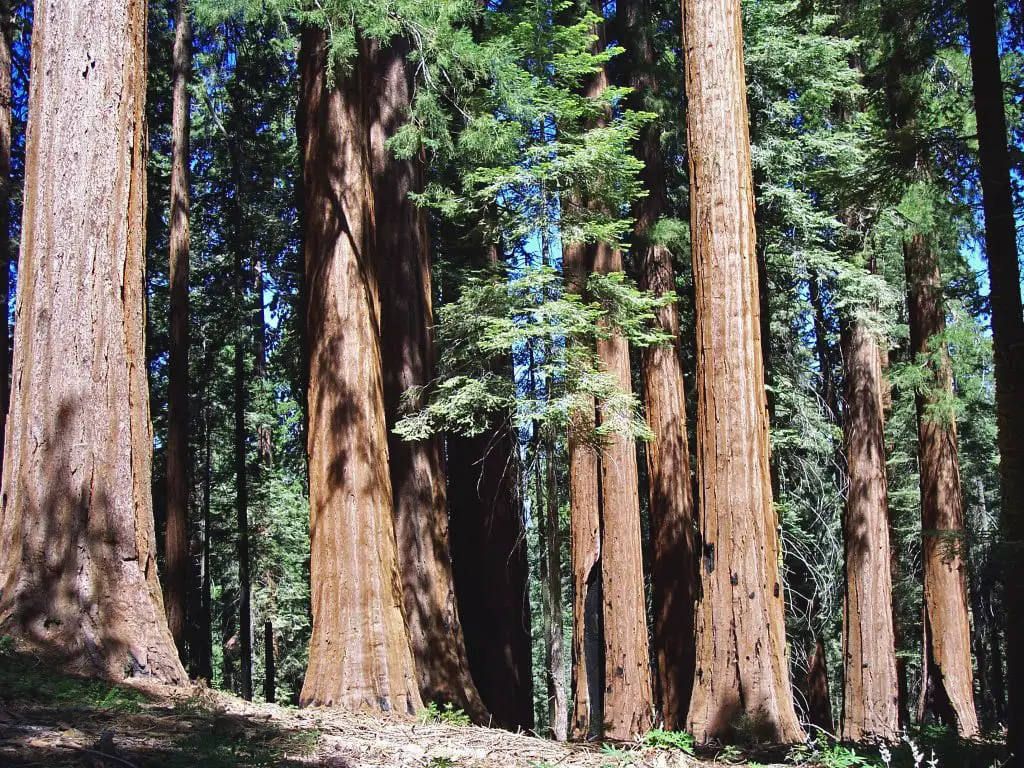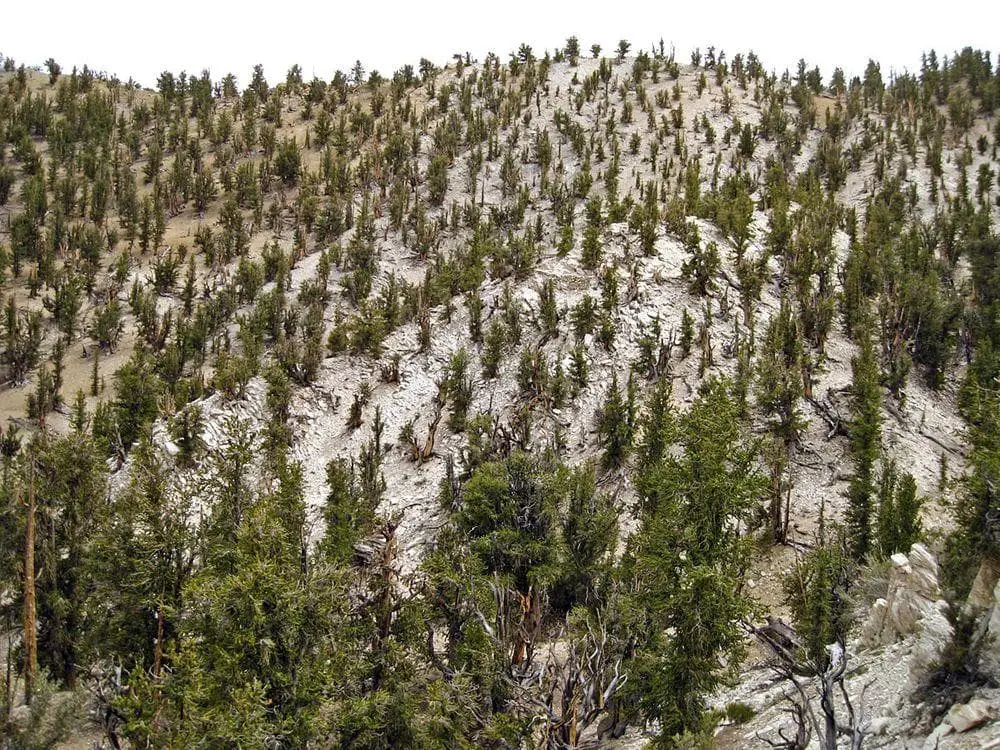Wondermondo 🢖 Categories of wonders 🢖 Biological wonders
Category
Biological wonders
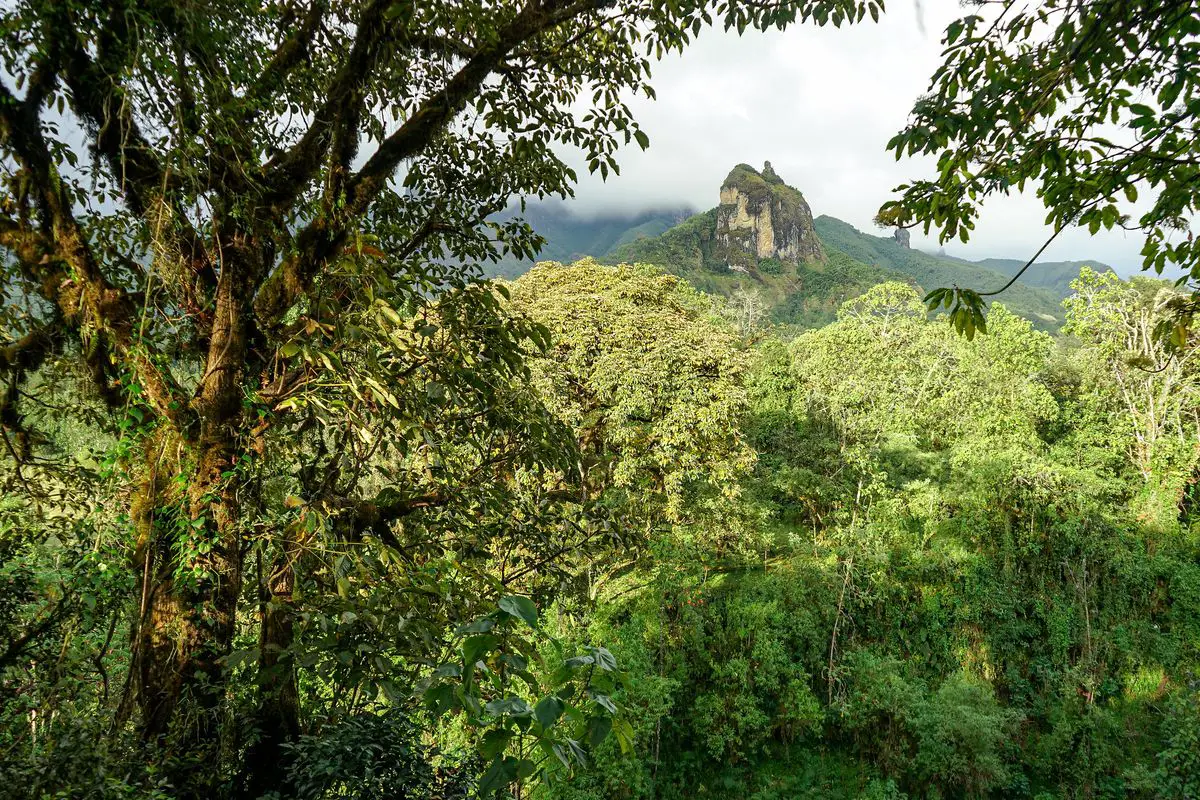
 Described biological wonders
Described biological wonders
If you see this after your page is loaded completely, leafletJS files are missing.
 What is included in this category?
What is included in this category?
This is a kind of super-category where are included all locations of the world with unusual living nature or, at least, traces of the former life. This super category includes the following categories:
- Biological extremes – Biological landmarks with extreme parameters, e.g. world’s tallest tree, northernmost forest.
- Ecosystems – Areas with unique, uniform environmental conditions and specific communities of life.
- Animal colonies – Locations where gatherings of a large number of animals are permanent or regular.
- Fossil finds – Places where are found remains or traces of life forms of outstanding value for science.
- Early human finds – Locations where are found valuable remains or artifacts left by early hominins and humans.
- Trees – The most impressive and interesting separate trees in the world.
 Top 25 biological wonders
Top 25 biological wonders
Asia
Denisova Cave
Russia, Altai Krai
This cave contains at least 125,000 years old artifacts left by ancient hominins. After a splinter of bone here has been identified new species of early humans – Denisova hominin or Denisovan.
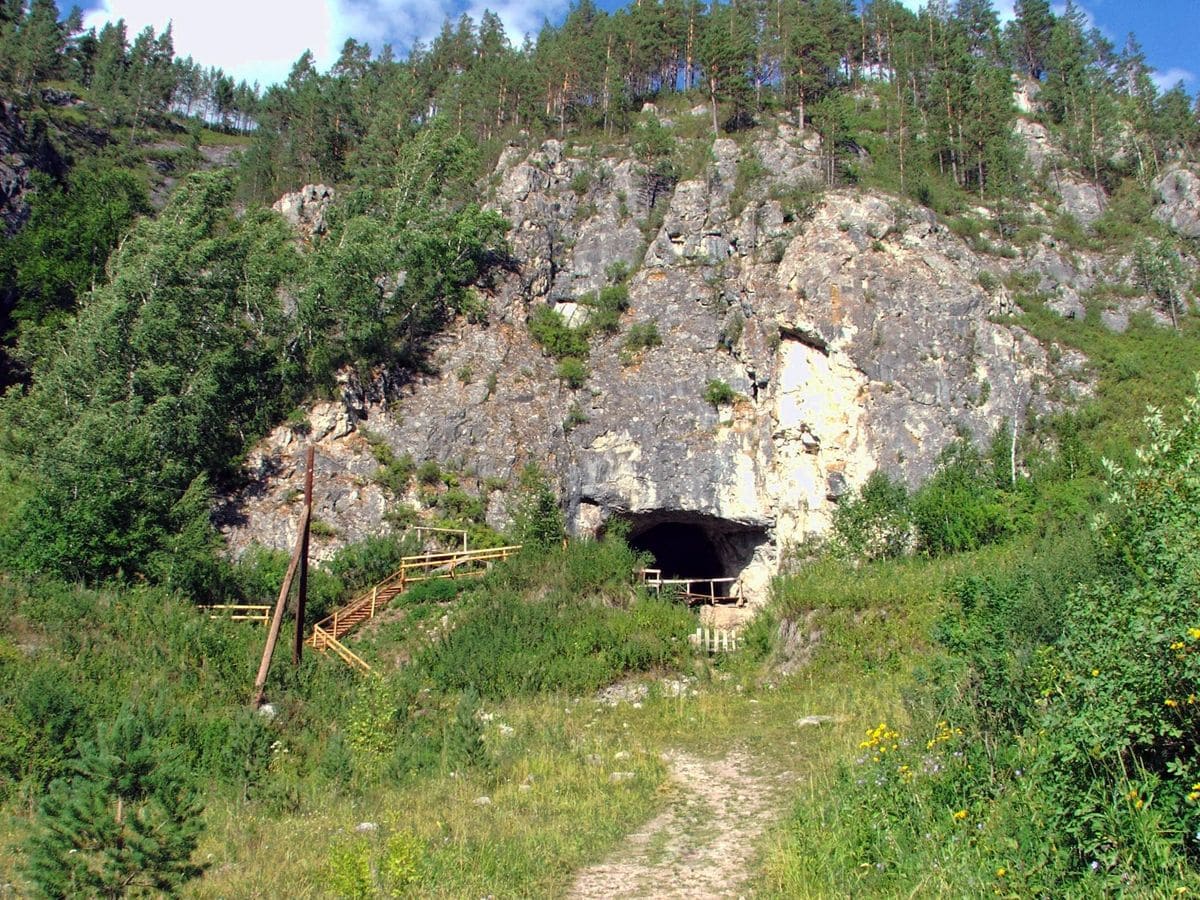
Callao Cave
Philippines, Cagayan
An enormous cave system with beautiful speleothems. There have been found the earliest human remains in the Philippines, at least 67 thousand years old. These remnants belong to an extinct species of humans – Homo luzonensis.
Kaas plateau
This plateau has an area of 1,000 ha area and is covered with millions of wildflowers from August to September. More than 850 species of plants grow here, some are endemic – met only here.
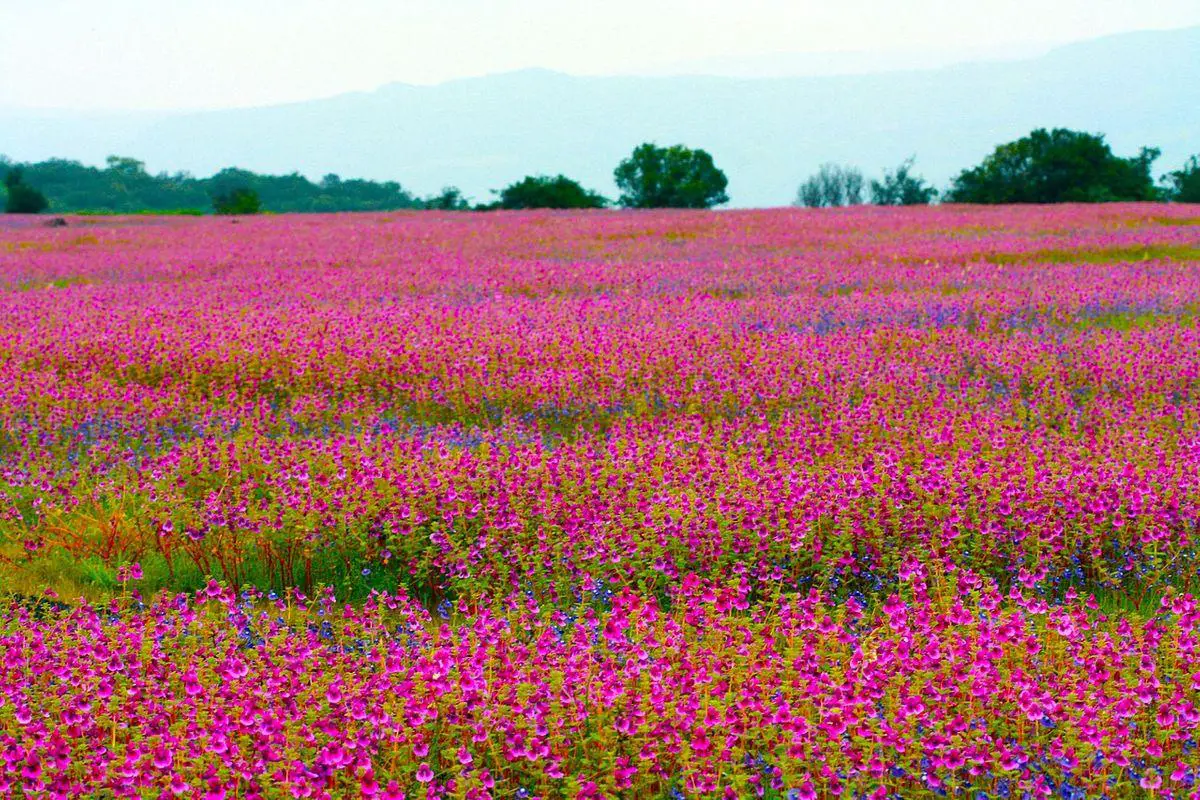
Liang Bua
Indonesia, Lesser Sunda Islands
In the cave (and only here) there were discovered remnants of a newly discovered, extinct species of human – Homo floresiensis.
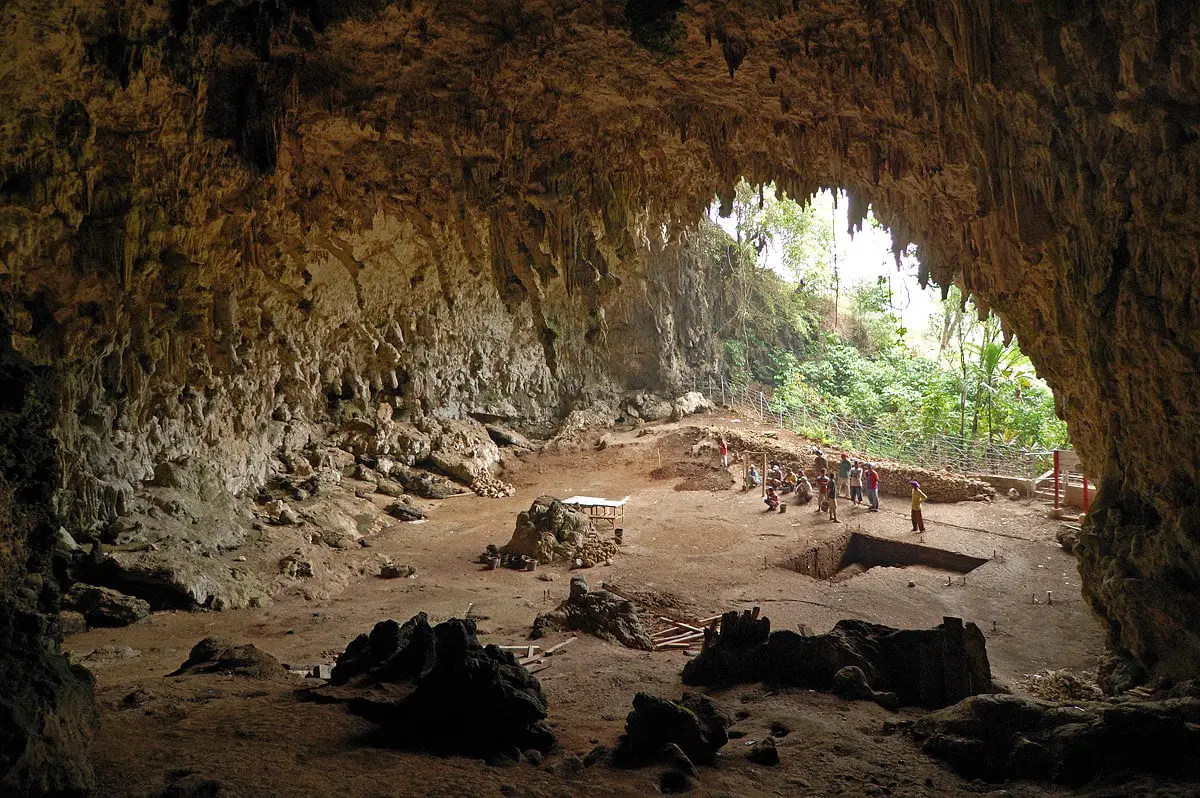
Africa
Kairei hydrothermal vents
(central part of the Indian Ocean)
Group of hydrothermal vents with very high H² concentration. It is possible that the unique ecosystem around these vents closely resembles the ancient ecosystems (consisting mainly of microorganisms) that existed on Earth in the seas before the photosynthesis process started. This unique ecosystem exists due to specific geological conditions around the vents. Here lives also a unique gastropod with shells made of iron oxides.
Aldabra
Seychelles
Second largest coral atoll by land area in the world, with a unique ecosystem. Contains the world’s largest population of giant tortoises – 100,000 endemic Aldabra Giant Tortoises (Aldabrachelys gigantea) that dominate the ecosystem. Numerous other endemic species of animals and plants, including the flightless Aldabra rail (Dryolimnas cuvieri aldabranus).
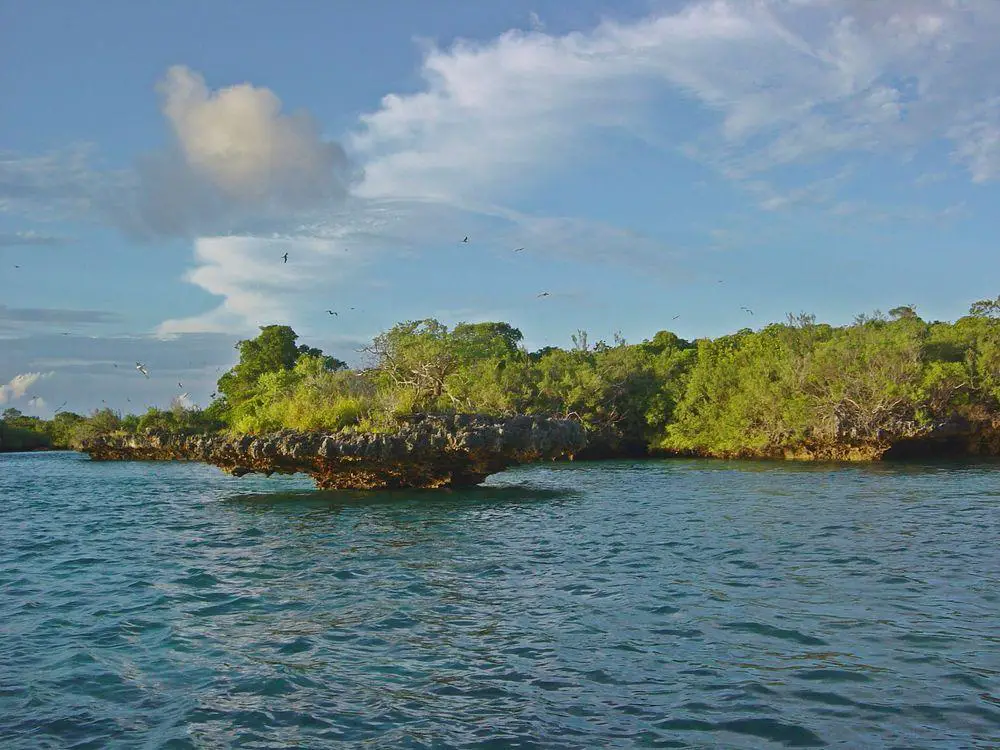
Table Mountain
South Africa
Flat-topped mountain surrounded by steep cliffs, approximately 3 kilometers long. Its plateau is covered with a spectacular scrubland with some 2,200 species of plants representing the smallest floral kingdom of the world – the Cape floral kingdom. Numerous endemic species.
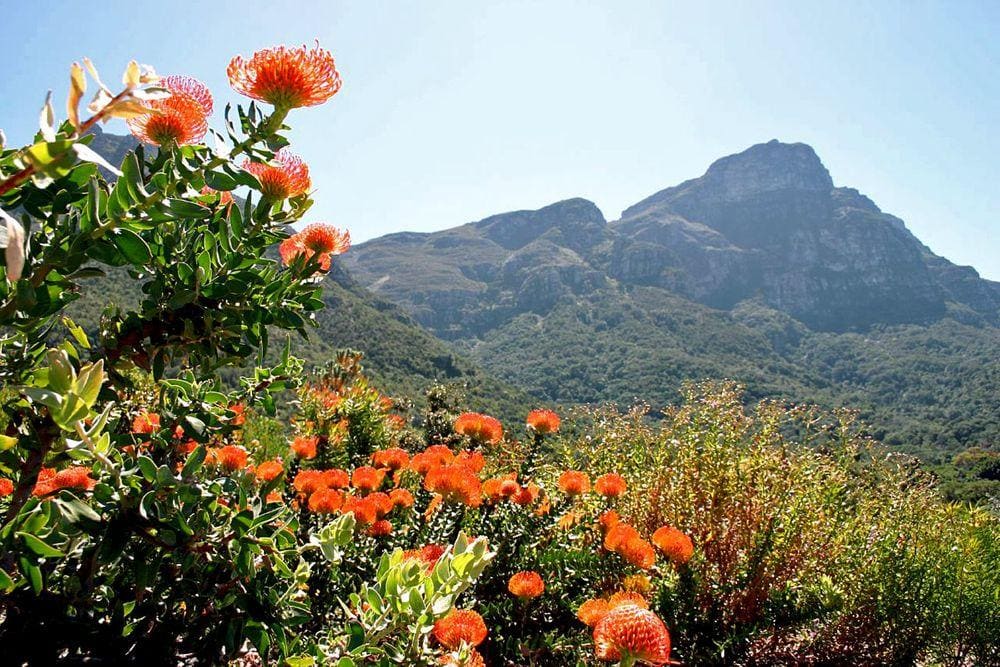
Vallée de Mai (Vallee de Mai)
Seychelles
Relict of Gondwana, a natural palm forest with the endemic coco de mer palm (Lodoicea maldivica) grove and five other endemic palms. Coco de mer grows up to 34 m tall and has the largest seeds in the plant kingdom – up to 42 kg heavy nuts. Many other endemic species of plants and animals, numerous vanilla orchids.
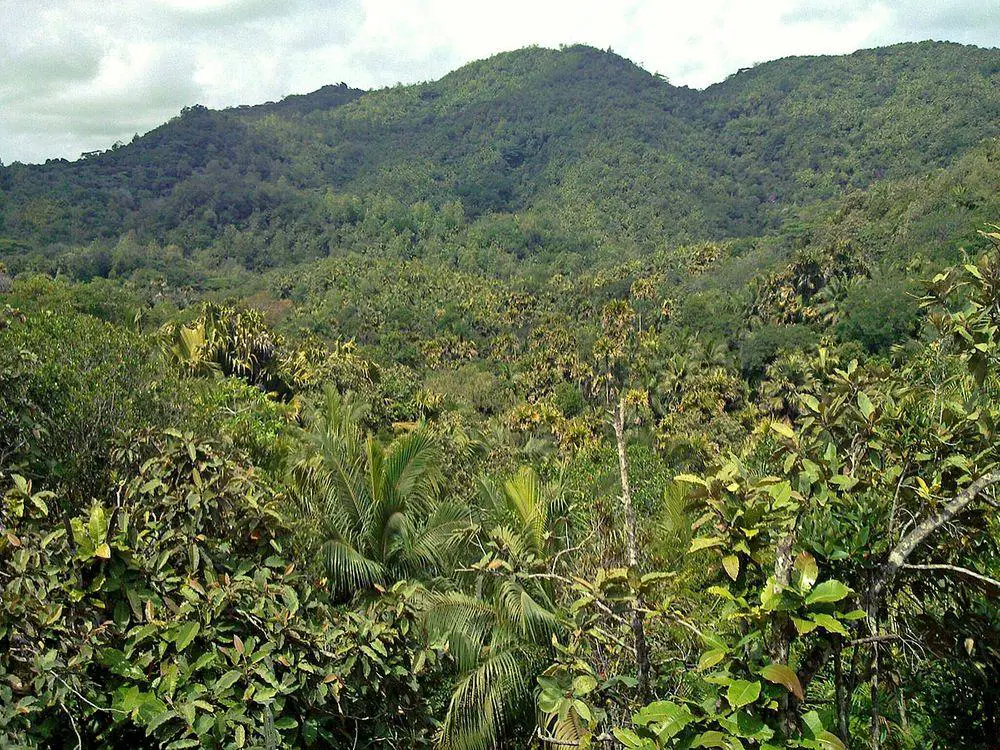
Ngorongoro Crater
Tanzania
The largest volcanic caldera in the world, up to 610 m deep and 260 km² large. Area of an exceptional concentration of wild animals, with 25,000 large animals living in the crater.
Antarctica and Subantarctic islands
Blood Falls
Antarctica
Unusual natural feature – an outflow of hypersaline water, seeping through the ice, tainted with iron oxides in blood color. This approximately 15 m tall fall provides insight into a unique ecosystem that has been isolated from the outside world for 1.5 million years.
Bird Island
South Georgia and the South Sandwich Islands (United Kingdom)
One of the richest wildlife sites in the world. The size of this island is just 400 ha but here live 50,000 pairs of penguins, 14,000 pairs of albatrosses, 700,000 petrels, and 65,000 breeding pairs of Antarctic fur seals.
Australia and Oceania
Lord Howe Island
Australia
This remote, 56 km² large Australian island has its own ecoregion where half of the plants and some birds and other animals are endemic. Unique characteristics are diverse glowing mushrooms in the forest, some bright enough to be used for reading at night. Endemic kentia palms are popular, beautiful houseplants.
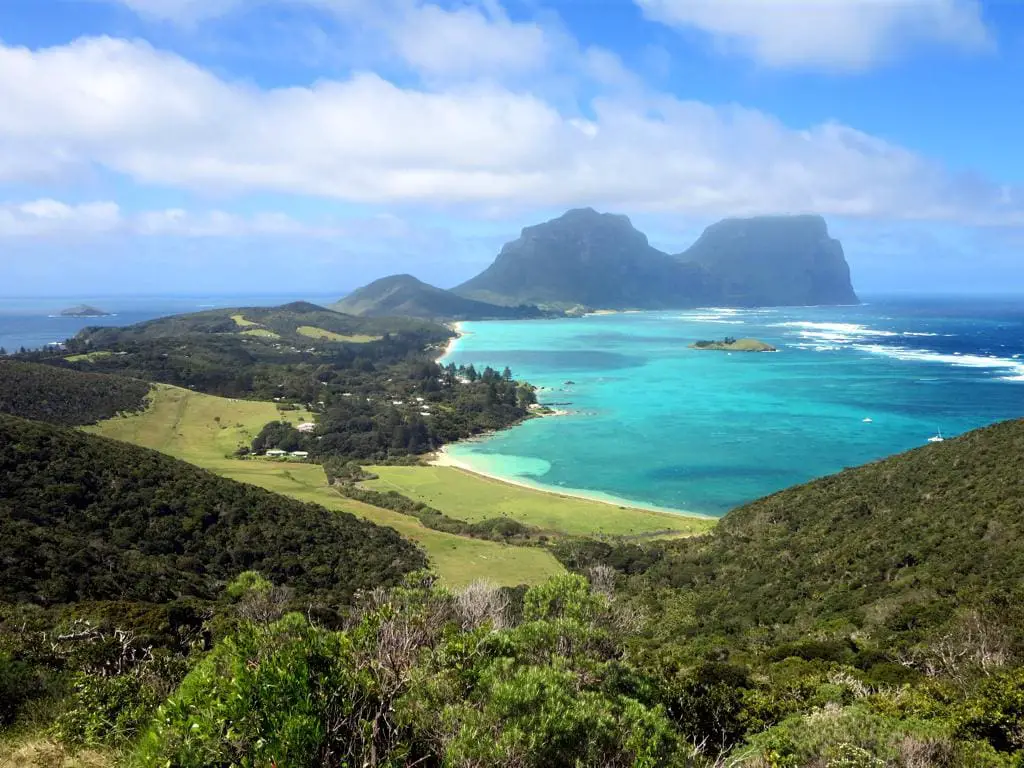
Jellyfish Lake (Ongeim’l Tketau)
Palau
A unique marine lake with an area of 5.0 ha, has an underground connection to the sea. Stratified in two layers that do not mix. Isolated from the sea for 12,000 years and contains a distinct population of two species of jellyfish – endemic Mastigias cf. papua etpisoni and most likely endemic Aurelia sp. Millions of these jellyfishes make strict daily migration around the lake. Four more marine lakes with jellyfish on the nearby islands but Jellyfish Lake is the only one open to tourists. The number of jellyfish has reached up to 31 million (January 2005), currently some 5 million.
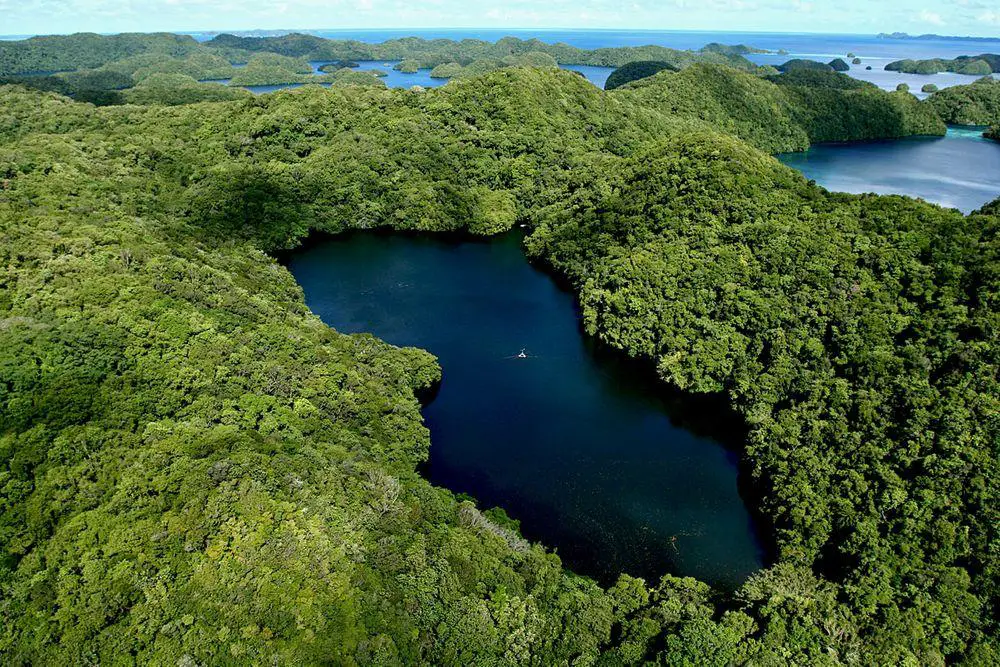
Christmas Island crab forest
Christmas Island (Australia)
The forest of Christmas Island is unique in the world due to the dominant species – some 50 – 100 million red crabs (Gecarcoidea natalis) – clearing the forest floor of leaves and other organic matter. These crabs are endemic to Christmas Island. Once per year, they migrate to the sea to lay their eggs, on the way blocking the roads and paths.
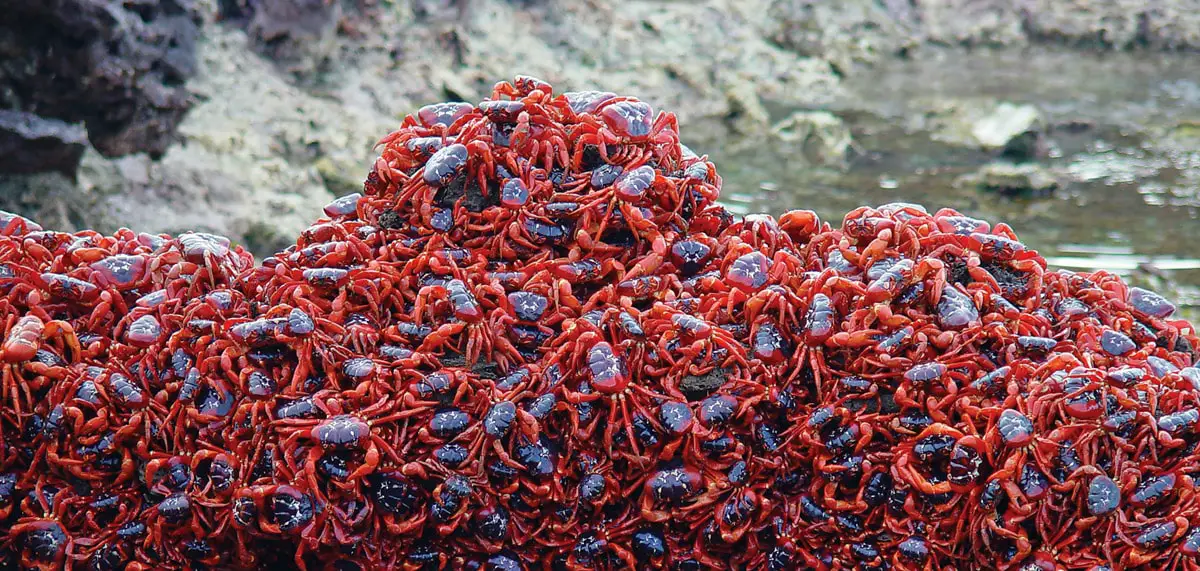
Ecosystem of Henderson Island
Pitcairn Islands (United Kingdom)
The only forested atoll with an intact ecosystem in the world. Endemic species – 9 species of plants and all 4 species of land birds. Numerous invertebrates are endemic, although they are poorly researched. The island is not walkable – it is covered with thicket and rugged limestone peaks.
The Daintree Rainforest
Australia
Scenically beautiful rainforest in Australia with very high biological diversity. This forest contains unique, primitive flowering plants that survived the dry climatic periods in smaller areas of climatic refuge.
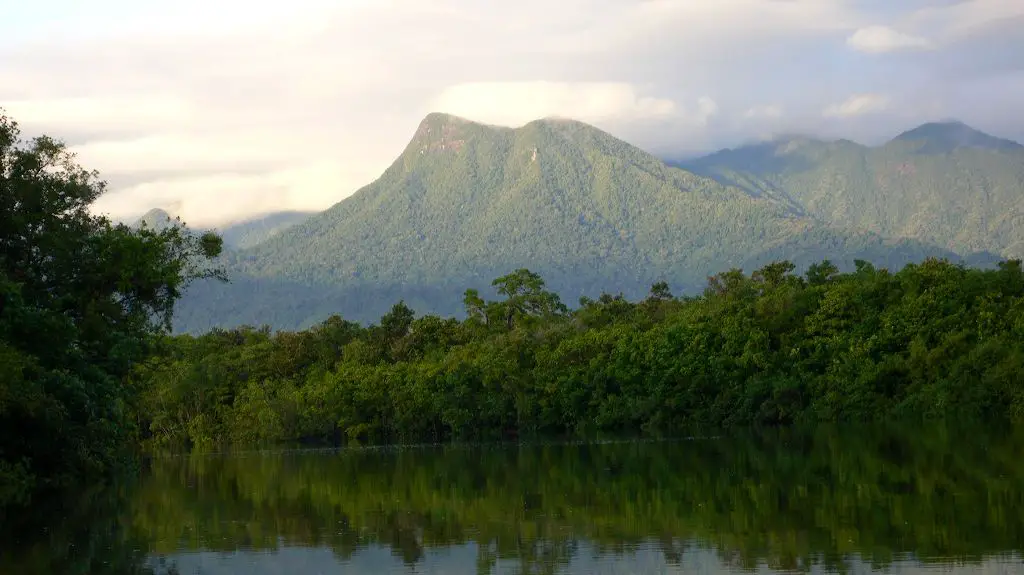
North America
General Sherman tree
United States
Giant sequoia (Sequoiadendron giganteum), the largest tree in the world by volume. Volume 1,487 m3. Height 83.8 m, girth at the breast height 25.9 m. Believed to be 2,300 – 2,700 years old.
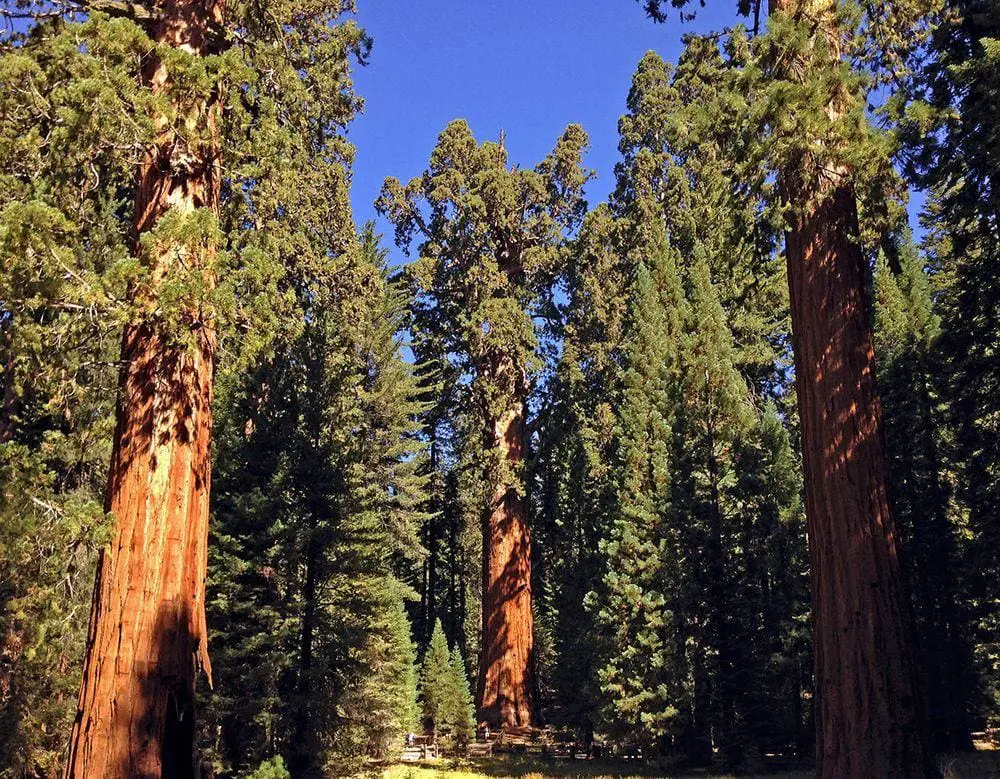
Giant Forest
United States
Unique forest with stands of giant sequoia trees (Sequoiadendron giganteum) – the largest trees in the world. This is the easiest to access sequoia grove but also contains the largest trees – five of the ten largest trees on Earth are located in this grove. Area – 7.6 km2. In California are located several more notable groves of these giant trees.
Ancient Bristlecone Pine Forest
United States
Grove of Great Basin Bristlecone Pine (Pinus longaeva), contains the oldest known individual trees in the world, more than 4,750 years old.
General Grant Tree
United States
Giant sequoia (Sequoiadendron giganteum (Lindl.)), the second largest tree in the world. Height 81.5 m, girth at breast height 27.8 m, volume 1,320 m3. This beautiful tree is declared as a National Shrine, a memorial to those who died in the war.
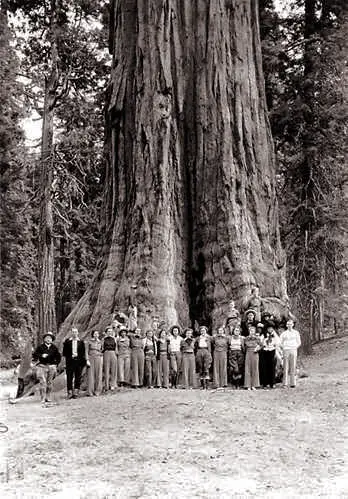
Monarch Butterfly Biosphere Reserve
Mexico
Wintering habitats of the monarch butterflies (Danaus plexippus). Some trees are covered with a thick layer of millions of butterflies.
Bracken Bat Cave
United States
Largest bat colony and the largest colony of mammals in the world. In the cave are living some 20 million Mexican free-tailed bats (Tadarida brasiliensis).
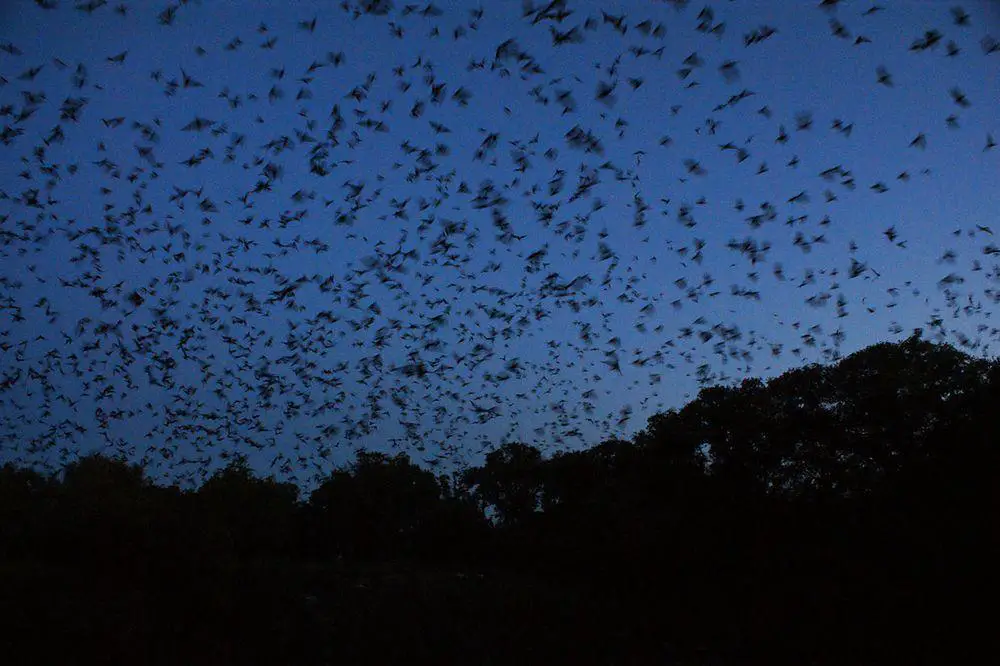
South America
Caño Cristales
Colombia
A unique river. Its bottom is covered with the endemic Macarenia clavigera plants. From late July to November these plants turn bright red. Then this colorful river is one of the most spectacular sights in Colombia.
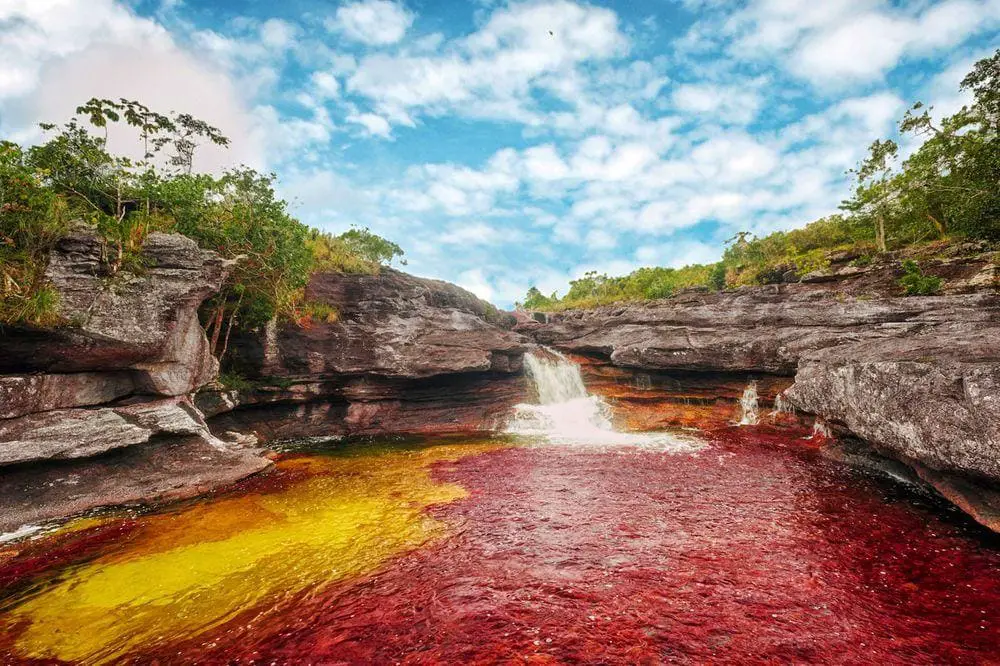
Forest on Robinson Crusoe Island
Chile
Temperate forest with a unique level of endemism – out of 211 local plant species 132 are endemic – e.g. met only on this island. The dense forest is formed from trees that are not met anywhere else. Hundreds of endemic species of insects.
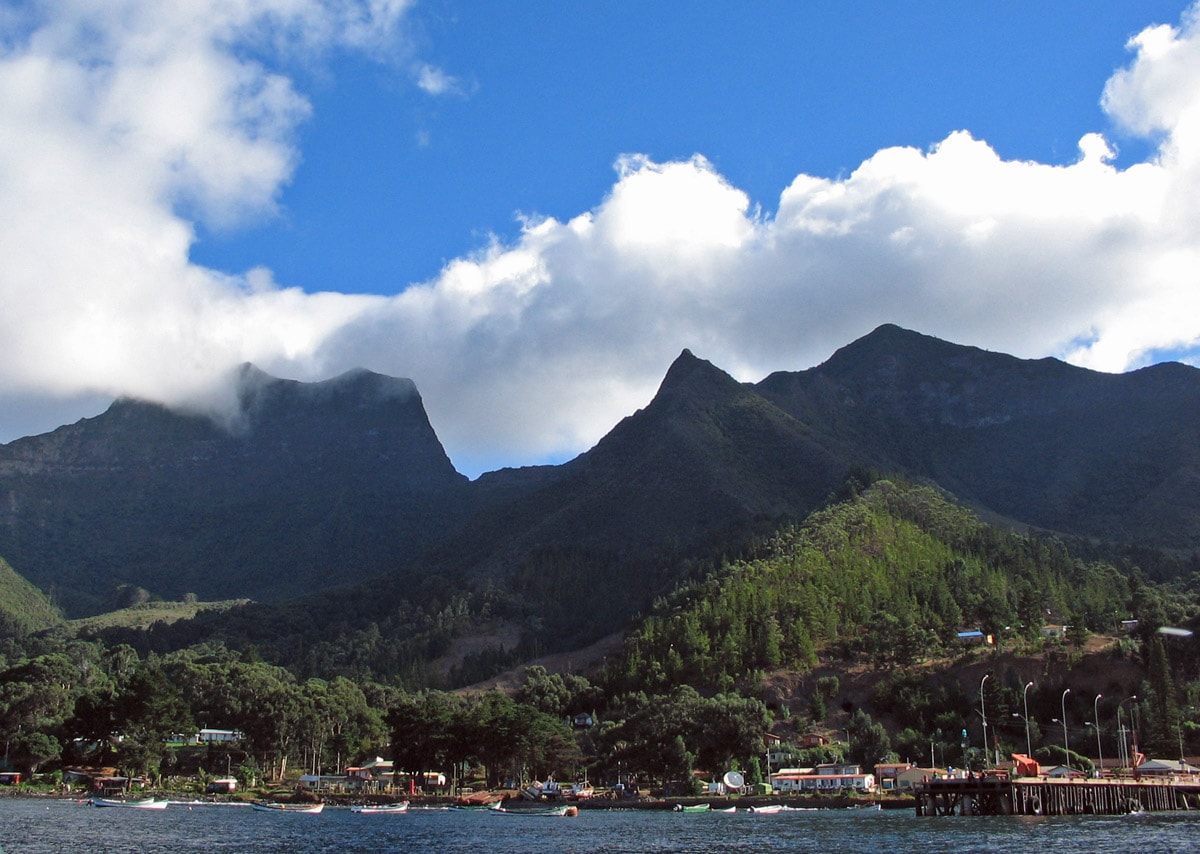
Yasuni Forest
Ecuador
Possibly the most biodiverse area in the world. In this rainforest, the diversity of reptiles, amphibians, freshwater fishes, birds, mammals, and vascular plants (with 2,700 – 4,000 species of plants per hectare) reaches their maximum for Western Hemisphere and often – world. Uncontacted tribes live in the forest. Endangered and affected by oil extraction.
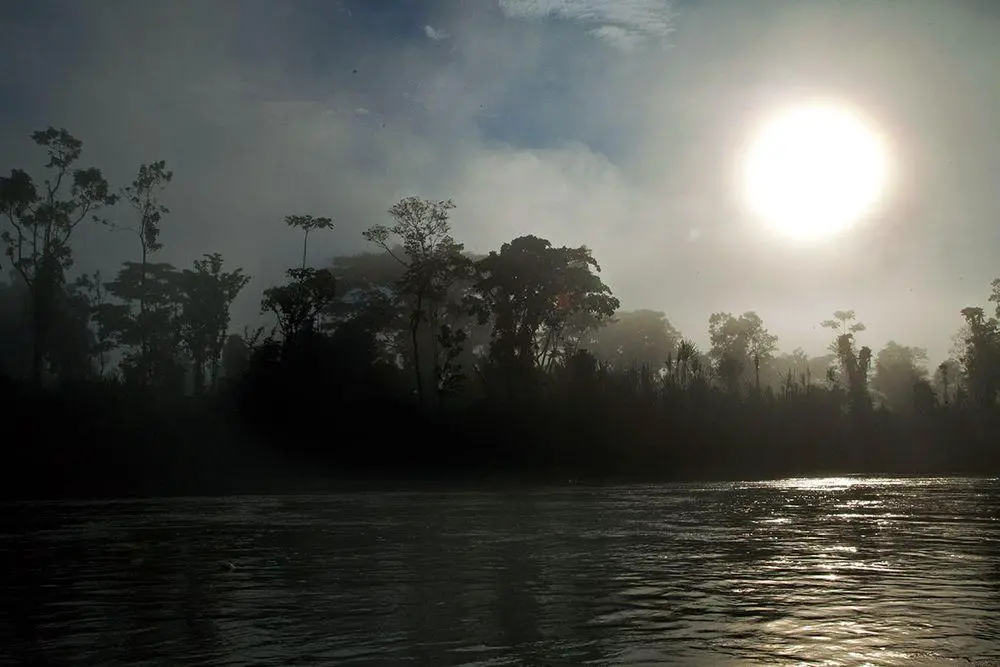
 Recommended books
Recommended books
Atlas of Ocean Adventures
A natural history lesson in an adventure book, each spread features 10 captions and facts about every destination. The 5th title in the best-selling Atlas of Adventures series has now been translated into 31 languages.
The Wonder Book of Plant Life
Fabre is one of the glories of the civilized world… one of the most profound admirations of my life. – Maurice Maeterlinck.

